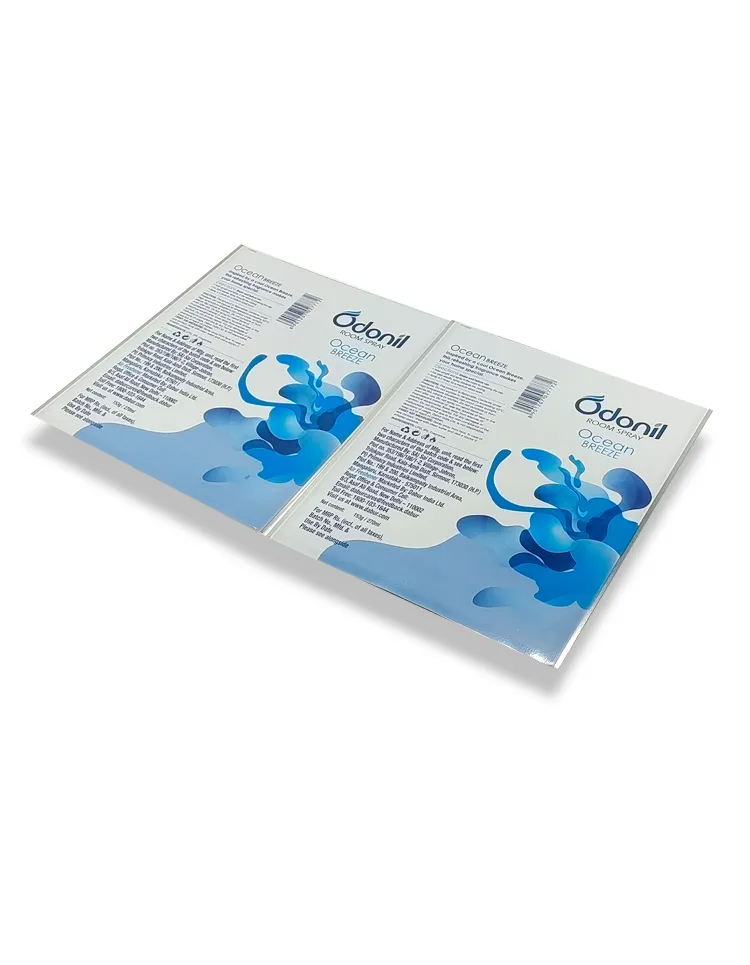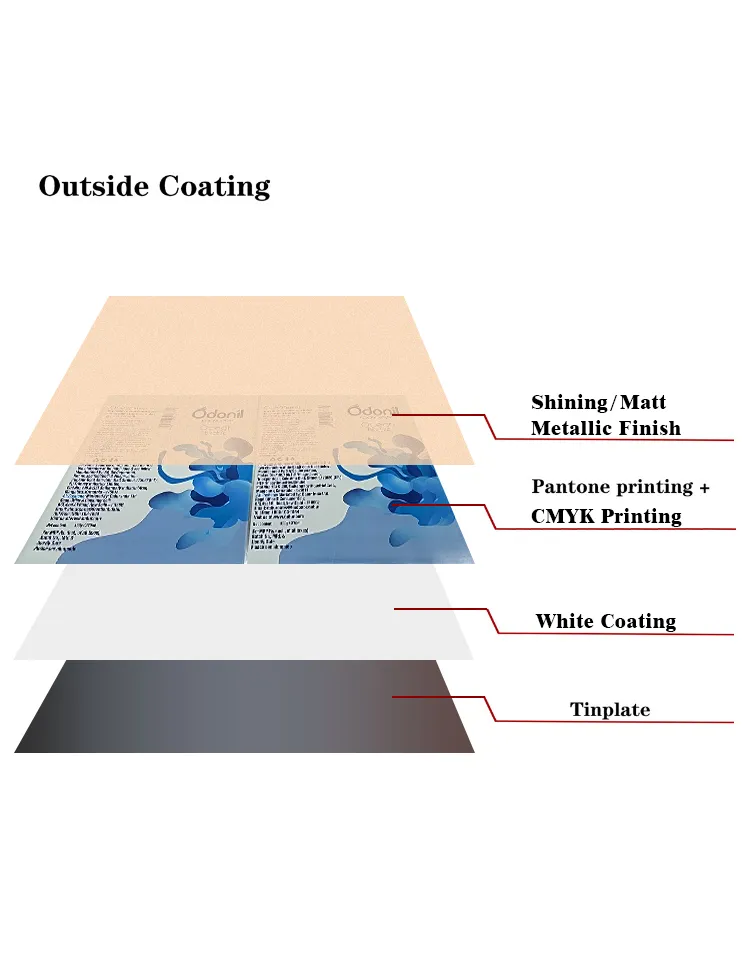Electrolytic tinplate is a metal material widely used in food, beverage, chemical and other industries. Its quality standards are crucial to ensure the performance and safety of the products. This article will explore the quality standards of electrolytic tinplate in depth, analyze its key indicators and detection methods in the production and application process, and provide scientific basis and guidance for the industry.
1. Overview of electrolytic tinplate
Electrolytic tinplate, usually referred to as ETP (Electrolytic Tinplate), is a composite material made of low-carbon steel plate through an electrolytic tin plating process. It combines the strength of steel and the anti-corrosion properties of tin and is widely used in food cans, beverage cans, chemical containers and other fields.

2. Quality standards for electrolytic tinplate
The quality standards of electrolytic tinplate involve many aspects, including physical properties, chemical composition, coating quality and surface quality. The following are some key quality standards:
Physical properties:
Thickness and tolerance: The thickness of electrolytic tinplate is usually between 0.13 and 0.50 mm, and the thickness tolerance should be strictly controlled within the specified range to ensure the uniformity and performance of the product.
Tensile strength and elongation: Tensile strength and elongation are important indicators for evaluating the mechanical properties of electrolytic tinplate. The tensile strength is usually required to be between 300 and 450 MPa, and the elongation should reach more than 15%.
Chemical composition:
Substrate composition: Electrolytic tinplate substrates are usually made of low-carbon steel, and the carbon content is generally below 0.08%. The content of other alloying elements such as silicon, manganese, phosphorus and sulfur should also meet the standards to ensure the mechanical properties and machinability of the substrate.
Tin plating amount: Tin plating amount is an important indicator for determining the anti-corrosion performance of electrolytic tinplate. The tin plating amount is usually expressed in grams per square meter (g/m²), and the typical value is between 1.1 and 11.2 g/m². The tin plating amount should be evenly distributed to ensure consistent anti-corrosion performance across the entire surface.
Plating quality:
Thickness and uniformity of the tin plating layer: The thickness of the tin plating layer should be within the specified range and evenly distributed. The thickness of the tin plating layer is usually controlled by the electrolytic tin plating process, and strict online testing and quality control are required.
The bonding strength of the tin layer: The bonding strength between the tin layer and the substrate is an important indicator for evaluating the quality of electrolytic tinplate. Insufficient bonding strength may cause the tin layer to fall off, affecting the anti-corrosion performance and service life.
Surface quality:
Surface flatness: The surface of the electrolytic tinplate should be smooth and flat, without obvious depressions, protrusions and ripples. This not only affects the appearance of the product, but also affects the subsequent coating and printing quality.
Surface defects: The surface should be free of obvious scratches, bubbles, spots and rust and other defects. Surface defects not only affect the appearance, but also may weaken the anti-corrosion performance of the tin layer.
3. Detection methods for electrolytic tinplate
In order to ensure the quality of electrolytic tinplate, a series of detection methods are adopted in the industry:
Thickness measurement:
The thickness of the electrolytic tinplate is measured using instruments such as micrometers and ultrasonic thickness gauges to ensure that it is within the standard range.
Tensile test:
The tensile strength and elongation of the electrolytic tinplate are determined using a tensile testing machine, and its mechanical properties are evaluated by stress-strain curves.
Tin plating amount detection:
The amount of tin plating is determined by chemical analysis or X-ray fluorescence spectrometry (XRF) to ensure the thickness and uniformity of the coating.
Surface detection:
The surface quality is detected by visual inspection, microscopic observation and other methods, and the type and distribution of surface defects are recorded.
Bonding strength test:
The bonding strength between the tin plating layer and the substrate is evaluated by peeling test or scratch test to ensure that the coating is firmly attached.

4. The importance of quality standards
The formulation and implementation of electrolytic tinplate quality standards are of great significance to the industry:
Ensure product performance:
Strict quality standards can ensure that electrolytic tinplate has excellent corrosion resistance and mechanical strength to meet various application requirements.
Improve production efficiency:
Through standardized production and quality control, production efficiency can be improved, defective rate and rework costs can be reduced, and corporate competitiveness can be enhanced.
Ensure consumer safety:
Electrolytic tinplate that meets quality standards can effectively prevent metal contamination and protect consumer health and safety in packaging applications such as food and beverages.
Promote international trade:
Uniform quality standards help eliminate trade barriers and promote international trade and market expansion of electrolytic tinplate.

